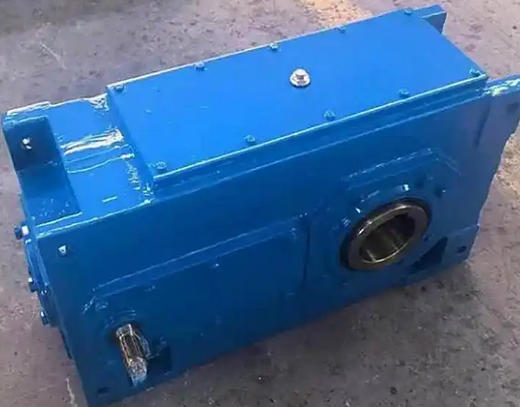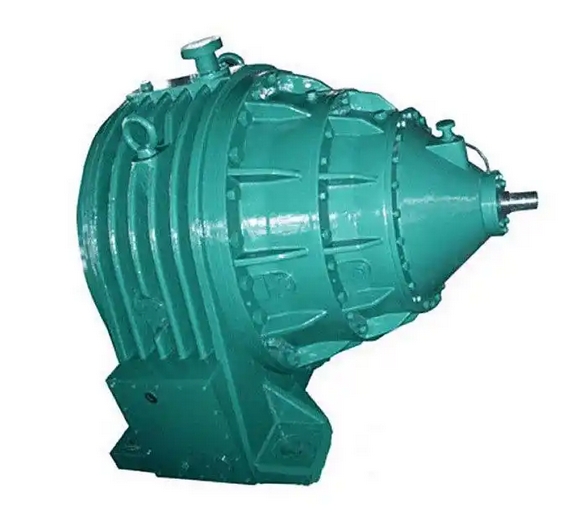Which operating states of the gearbox generate noise
The common states and causes of noise generated by reducers during operation can be divided into the following categories:1、 Abnormal gear system
Gear wear or tooth breakage: Tooth surface wear, pitting, or tooth breakage can cause uneven meshing, resulting in periodic impact sounds (such as "clunking" sounds), especially when overloaded or poorly lubricated.
Abnormal meshing clearance: If the clearance is too large, it will cause air travel impact, while if the clearance is too small, it will produce jamming noise due to friction, which may worsen with temperature changes.

Processing or assembly errors: Tooth profile errors, pitch deviations, or poor assembly alignment can cause uneven contact between meshing surfaces, leading to high-frequency vibrations and noise.
2、 Bearing malfunction
Bearing damage: Rolling track peeling, cage fracture, or rolling element wear will produce continuous "buzzing" or regular "clanging" sounds, accompanied by vibration and temperature rise.
Insufficient lubrication: Lack of oil or deterioration of oil quality in bearings can increase friction, leading to sharp whistling or metal friction sounds.
Improper clearance: Excessive clearance can cause vibration, while insufficient clearance can exacerbate friction noise.
3、 Installation and structural issues
Unstable installation: Loose base or excessive coaxiality deviation can cause resonance and produce low-frequency vibration noise.
Insufficient rigidity of the box: Deformation of the box or unreasonable structural design may amplify vibration noise.
Loose connectors: Loose bolts or components cause mechanical collision sounds, such as "Dangdang" abnormal noise.
4、 Lubrication and working environment
Lubricating oil problem: Insufficient oil quantity, oil contamination, or mismatched viscosity can exacerbate the friction noise between gears and bearings.
Load and speed influence: When operating under high load or variable speed, gear meshing impact and bearing vibration are more significant, and noise frequency increases with the increase of speed.
5、 Design factors
Differences in gear types: spur gears tend to produce a "click" sound due to full tooth width meshing, while helical gears have smoother meshing noise due to gradual entry and exit.
Multi stage transmission superposition: The more stages there are, the more obvious the gear meshing frequency and vibration superposition effect, and the higher the overall noise level (except for planetary reducers).


